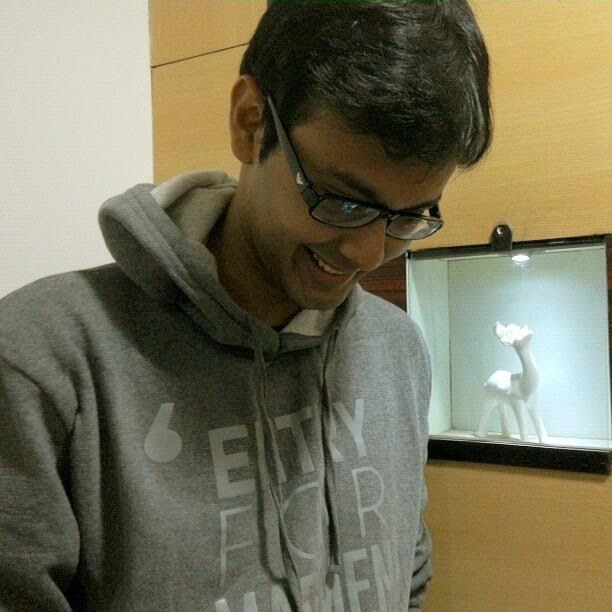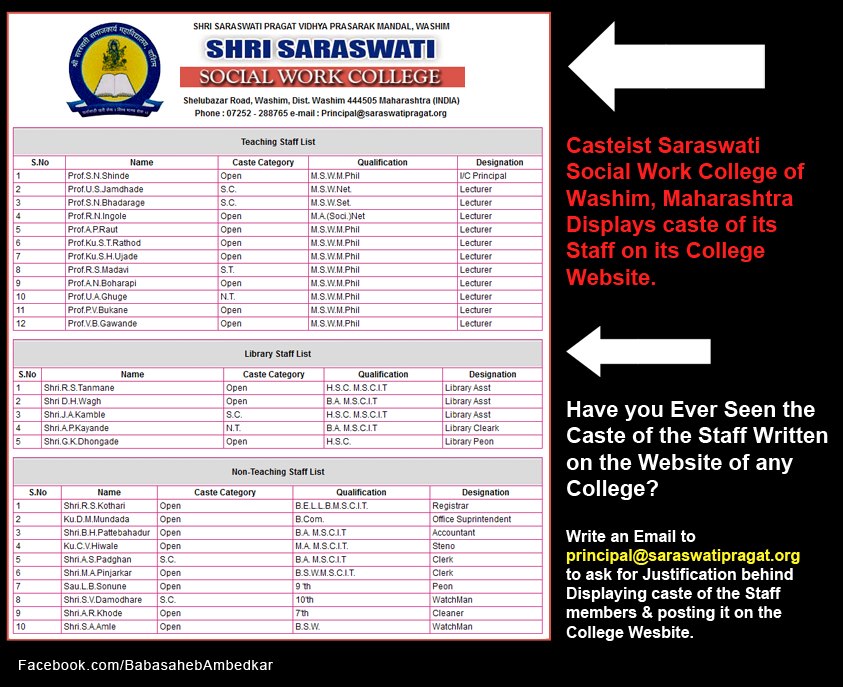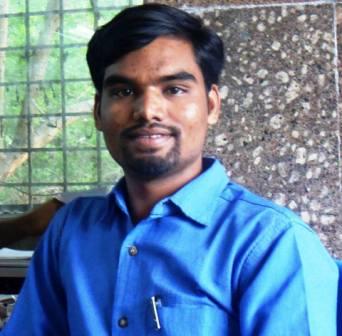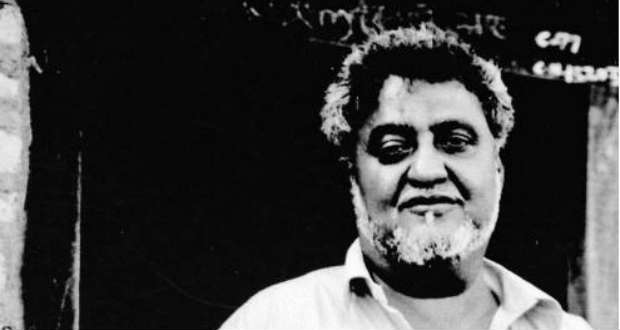Tuhin Bhattacharjee
“If you wish to bring about a breach in the system, then you have got to apply the dynamite to the Vedas and the Shastras, which deny any part to reason; to the Vedas and Shastras, which deny any part to morality. You must destroy the religion of the shrutis and the smritis. Nothing else will avail.”
– B. R. Ambedkar, Annihilation of Caste
 In a crucial scene in Satyajit Ray’s 1955 film Pather Panchali, we see the young Apu, slate in hand, being instructed in writing by his father Harihar, who is probably occupied with writing his own play for the village festival. In the same room, but at a distance, Apu’s elder sister Durga’s hair is being plaited by their mother Sarbajaya, as they softly converse about the impending marriage of a friend of Durga’s. All this while their old widowed aunt Indir Thakrun is seated outside the room, busy with her thread and needle. The traditional demarcations of gender are perfectly in place here. The two males are engaged in writing, while the women are involved in their daily ‘feminine’ chores. In an earlier scene, we had seen Apu in the village patshala where the local grocer teaches his all-male class and runs his business simultaneously. Ray subtly hints at the gender discrimination by showing a girl, of about the same age as Apu, arriving to buy grocery for her home, and stealing a furtive glance at the boys taking lessons.
In a crucial scene in Satyajit Ray’s 1955 film Pather Panchali, we see the young Apu, slate in hand, being instructed in writing by his father Harihar, who is probably occupied with writing his own play for the village festival. In the same room, but at a distance, Apu’s elder sister Durga’s hair is being plaited by their mother Sarbajaya, as they softly converse about the impending marriage of a friend of Durga’s. All this while their old widowed aunt Indir Thakrun is seated outside the room, busy with her thread and needle. The traditional demarcations of gender are perfectly in place here. The two males are engaged in writing, while the women are involved in their daily ‘feminine’ chores. In an earlier scene, we had seen Apu in the village patshala where the local grocer teaches his all-male class and runs his business simultaneously. Ray subtly hints at the gender discrimination by showing a girl, of about the same age as Apu, arriving to buy grocery for her home, and stealing a furtive glance at the boys taking lessons.
Besides gender, this rural space is also charged with the traditional signifiers of caste. Both Harihar and the schoolmaster wear the ‘sacred thread’ across their chest – as markers of their upper caste, Brahmin status – and we hear about Harihar officiating as priest in rich families of the neighbouring villages. Growing up in such an environment, Apu could not but be aware of his identity as a male Brahmin that entitles him to the kind of education denied both to women and the lower castes in pre-independence India.
It would be useful at this point to compare Apu’s Brahmin family with the Dalit family we meet in Sadgati, Ray’s Hindi film released in 1981 that overtly deals with the issue of caste-based exploitation. The untouchable Dukhi approaches a Brahmin priest to request him to set an auspicious date for his pre-adolescent daughter’s marriage. I would not go into the details of the film’s plot, where the Brahmin makes the already ill Dukhi chop a huge block of wood on an empty stomach and under the scorching summer sun, without paying him a single penny, ultimately resulting in his death. My focus is rather on the character of Dukhi’s daughter Dhania, against whom I would like to read the privileged position of Apu. Both Apu and Dhania belong to poor, rural families where their fathers have to toil hard to make ends meet. But while poverty never comes in the way of Apu’s education, Dhania’s access to knowledge is cut off by her social position. Interestingly, as in Pather Panchali, in Sadgati too Ray critiques the double standards of Brahminism by juxtaposing Dhania’s childhood with that of the Brahmin’s son who is chided by his father for being late to school.
In Apur Sansar, the final film of the Apu Trilogy, we find Apu, now an adult, as a budding writer who has already begun working on an autobiographical novel. Despite having been a bright student all through his career, he still hasn’t found a suitable job to do justice to his credentials. But he is not unhappy; in a brilliantly written conversation with his old-time friend Pulu, he recites poems in English and Bengali alike at the drop of a hat. On being pestered by Pulu to find a job, he says that those who have “genuine talent” need not work at the office, and then, to support his opinion, goes on to cite the instances of several European authors like Charles Dickens, John Keats, D.H. Lawrence, and Fyodor Dostoyevsky. Apu’s use of the word ‘talent’ in this context is as relevant as it is problematic and needs to be severely interrogated. What is knowledge? What constitutes talent?
The notions of ‘talent’ and ‘merit’ play a very important role in contemporary debates over the need for reservation for the Dalit communities. It is argued that reservation of seats in higher education and job sectors leads to a discrimination against upper caste individuals and the admittance of unmeritorious and undeserving Dalits into the system. This popular discourse of merit is based on the presumption that ‘merit’ exists in an ahistorical vacuum, totally unaffected by social factors like caste and gender. It is important, however, to locate merit in the matrix of social and economic exchanges and see it as largely determined by the cultural capital one has access to since one’s childhood. In a caste-based patriarchal society like India, economic affluence does not solely guarantee one’s entitlement to education. If Apu could become a poet despite being born in a poor family, it is undeniably because his doubly privileged position as male and Brahmin entitles him to the material resources that are totally out of reach for Dhania. Therefore, it is only Apu’s story that can have a sequel, that of Dhania cannot.
The kind of education that Apu receives at home and beyond could never have been provided by the likes of Dukhi and his wife, village outcastes who have been denied the right to education since Vedic times. The Manusmriti warns that one should never recite the Vedas in the presence of lower castes (Chapter IV, Verse 99), and the Gautama Dharma Sutra says: “If [a lower-caste person] listens intentionally to [a recitation of] the Veda, his ears shall be filled with [molten] tin or lac. If he recites [Vedic texts], his tongue shall be cut out. If he remembers them, his body shall be split in twain” (Chapter XX, Sutras 4-6). That times have not really changed for the Dalits can be easily inferred if one looks at the recent instances of violence against them in various parts of the country. To discern that patriarchy and caste-system still go hand in hand, one needs to look no further than the matrimonial columns in daily newspapers where upper-caste grooms express their demand for “Brahmin, tall, really fair, beautiful bride”. Given the present scenario, it doesn’t seem that these horrors are going away any soon. Not until we lash out radically against the sexism and the casteism that are at the heart of most religious literature. Not until we read Ambedkar.
~~~
Tuhin Bhattacharjee completed his M.A. from the Department of English, Jadavpur University, Kolkata in 2014 and is currently making preparations for doctoral studies. His research interests include Classical studies, Ancient Philosophy, Medieval and Renaissance literature, Postcolonial theory, Dalit politics, Gender studies, Photography, and Film studies. He is also Guest Lecturer of English at Ramakrishna Mission Vidyamandira College, Belur Math, West Bengal where he teaches impressionable minds how to think critically.










